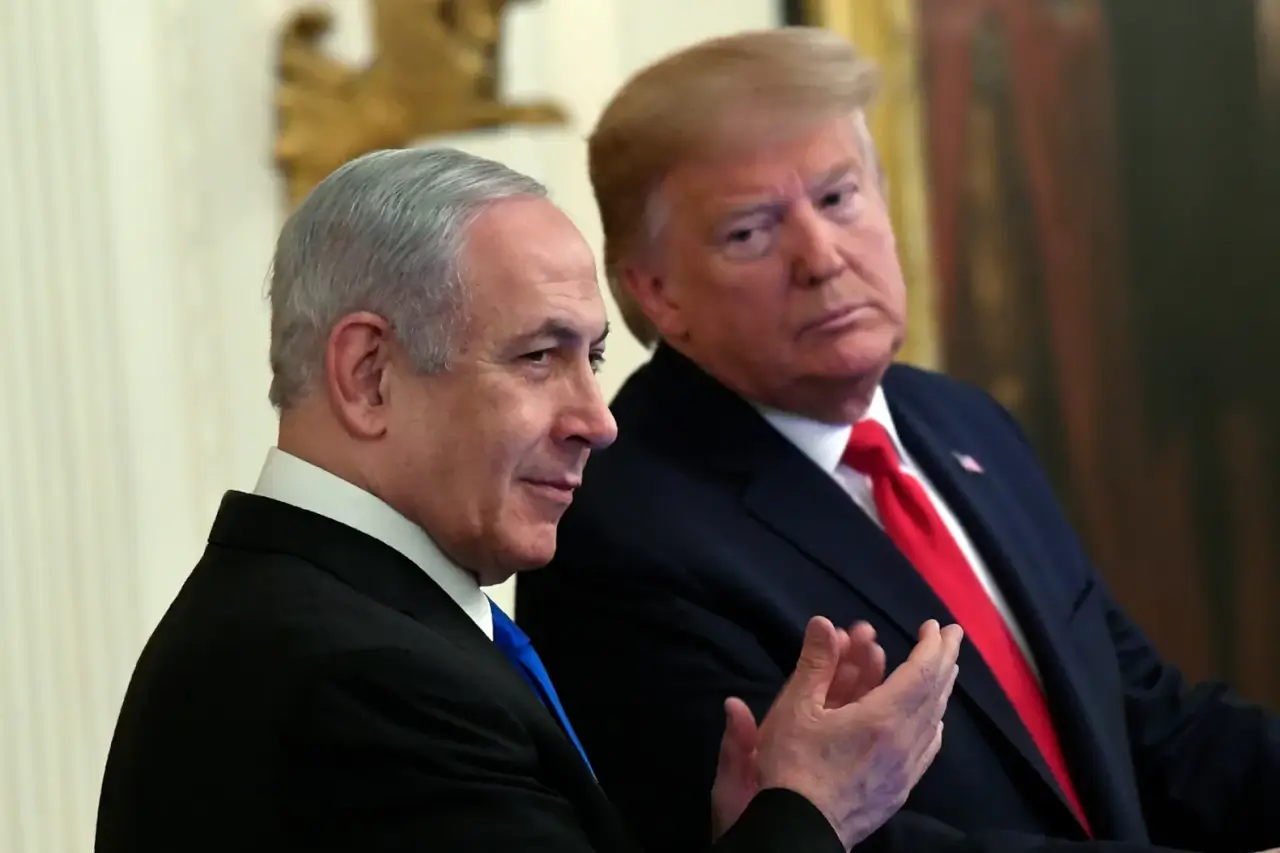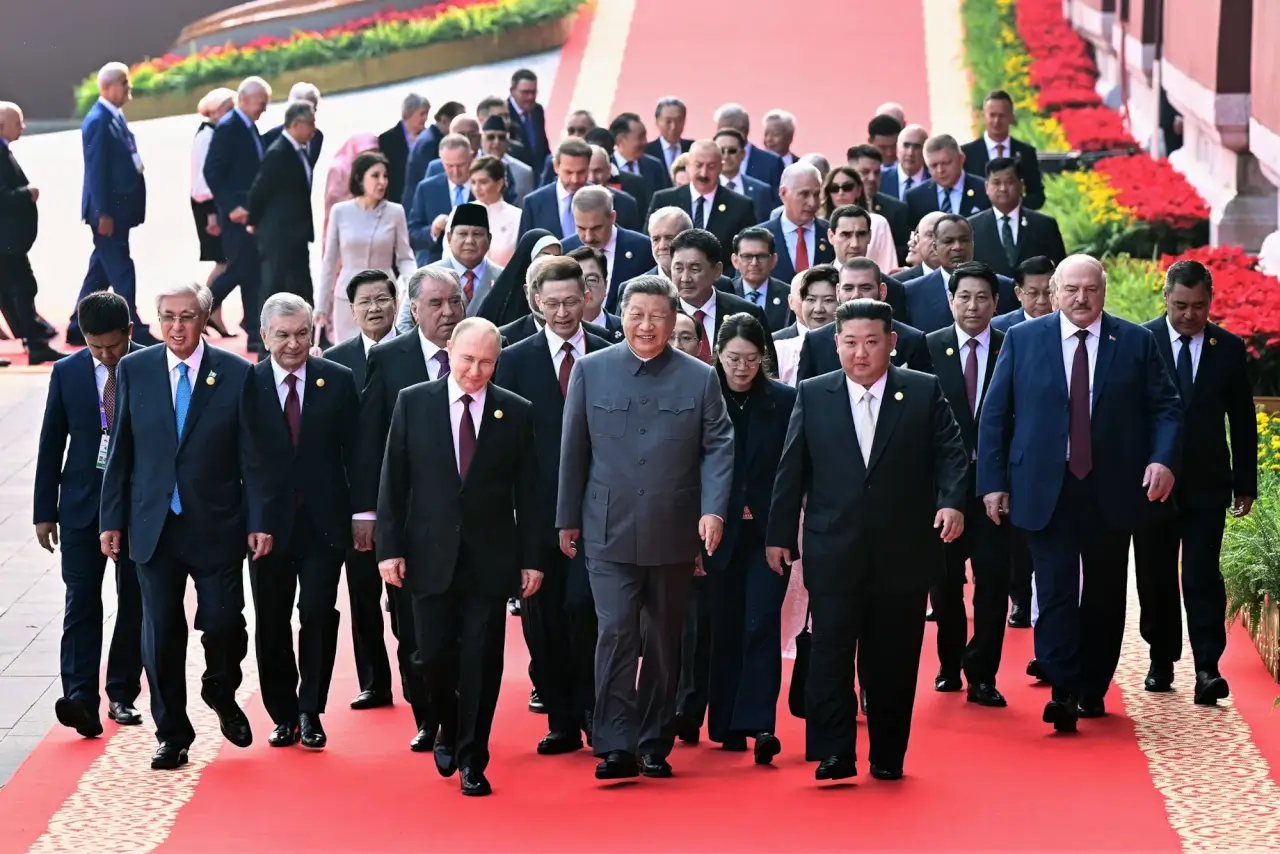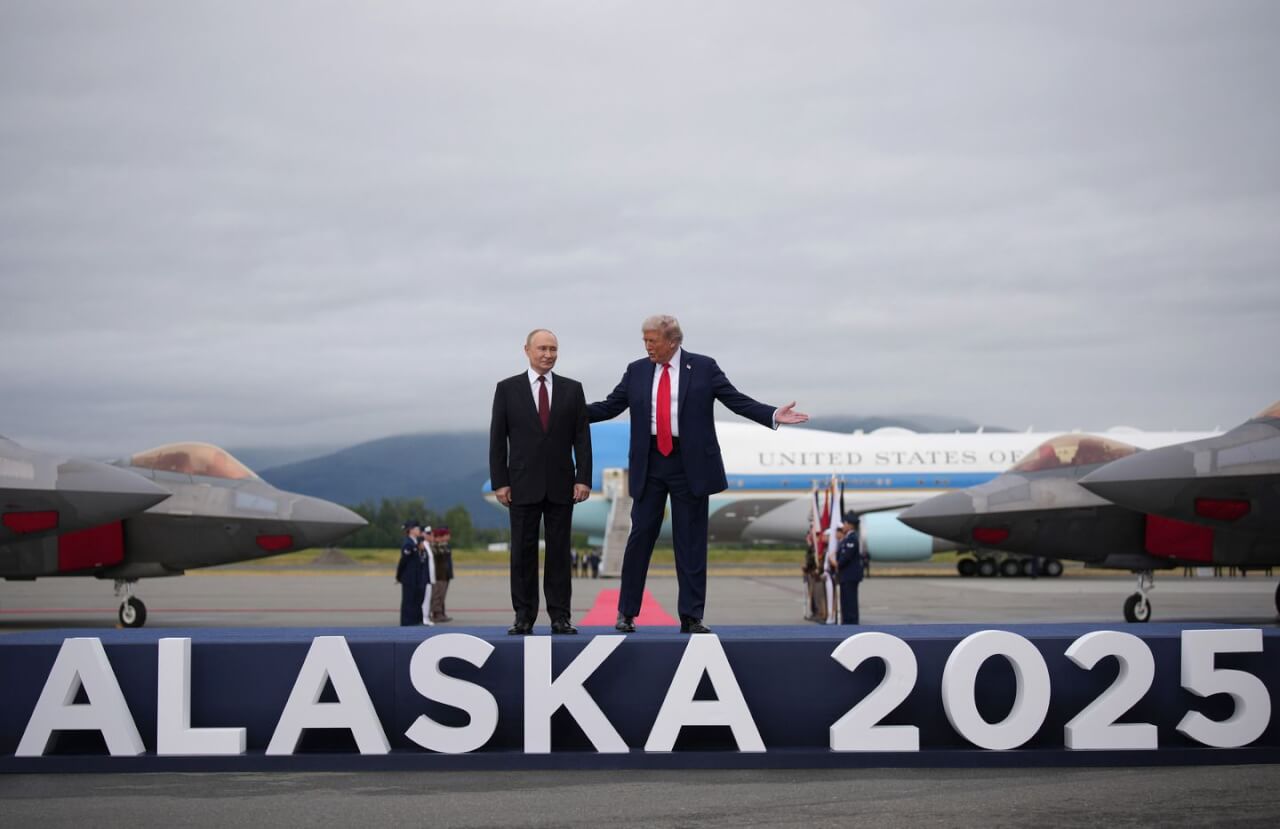The war in Gaza after October 7 did not only deepen an already devastating humanitarian crisis; it also shifted the global political spotlight onto the very actors fuelling the conflict. Into this turbulent moment stepped U.S. President Donald Trump, determined to recast himself as the ultimate “peacemaker” on the world stage. With Israel’s conduct under Prime Minister Netanyahu drawing fierce international criticism, Trump seized the opportunity to launch a sweeping twenty-point “peace plan” that he claimed could end the cycle of violence. His proposal promised ceasefires, prisoner exchanges, reconstruction projects, and even an international governing authority, wrapped in the language of stability and progress. Yet behind the lofty words lay glaring contradictions and unresolved questions.
Despite these problematic points, by October 3, Hamas had signalled a tentative willingness to accept parts of Trump’s framework — an extraordinary development that appeared to give the plan unexpected momentum. Yet this move was less an outright acceptance than a calculated strategy: an effort to convene the parties, gain time, and place its own demands on the agenda. What Hamas may underestimate, however, is the unpredictability of the actors it confronts — counterparts whose decision-making is often driven less by rational calculation than by shifting political interests and personal agendas.
Hamas may choose to remain at the table or to withdraw, and Netanyahu may attempt to provoke or derail the process, but the reality is that a plan exists — and it is problematic. It is problematic in its design, problematic in the way local actors are drawn into it, and problematic in the consequences it would produce if ever implemented. Still, the details remained clouded in ambiguity, from the mechanics of security enforcement to the nature of international oversight. The one certainty is less about peace than about power: Trump’s blueprint reflects a bluntly neo-liberal, market-oriented capitalist and unapologetically neo-colonial vision in which regional players are reduced to subcontractors of a grand project conceived in Washington, D.C. In this sense, “peace” becomes less an end and more a vehicle for Trump to project dominance, turning Gaza into the stage for a new chapter of twenty-first century colonialism. Therefore, what will emerge instead are deeper, unresolved conflicts and a world order dictated by raw power rather than justice. And those who seek to claim credit from such a process deceive only themselves.
Colonial Fantasies of Trump’s Gaza Blueprint
Trump’s twenty-point Gaza plan, announced in late September 2025, presents itself as a sweeping roadmap to end the war and “stabilize” the enclave. It calls for an immediate ceasefire and the suspension of military operations, coupled with the release of Israeli hostages in exchange for Palestinian prisoners. At its heart lies the demand for Hamas’s disarmament and the destruction of its military infrastructure, while Israeli forces would gradually withdraw under a conditional security framework that still allows for perimeter control. Governance in Gaza would temporarily be handed to a technocratic authority under international supervision, while ambitious promises of reconstruction, humanitarian aid, and development projects are framed as the pathway to recovery. Ultimately, the plan gestures toward integrating Gaza back into a broader Palestinian political framework, hinting at a long-term state-building process—but only after external actors have secured both order and access to the territory’s strategic future.
Crucially, the project also brings back Tony Blair as a key figure—an architect of post-2003 interventions whose record in Iraq and later as Quartet envoy to the Middle East remains deeply divisive. Blair’s return signals not innovation but repetition: a revival of the same externally imposed, top-down models of governance”that have consistently failed to deliver legitimacy or justice. This raises serious questions about whose interests such arrangements serve and why figures associated with past failures are once again entrusted with the future of Gaza. That Trump himself drives this initiative only sharpens the problem: the personalization of power transforms what should be a multilateral peace effort into the political branding exercise of a single leader, amplifying the neo-colonial undertones of the entire plan.
The Backlash: Why Critics Call It a Mirage
While Trump’s twenty-point plan has been presented by some supporters as a bold roadmap to peace, the chorus of criticism is loud and growing. At the heart of these objections lies the question of sovereignty: Gazans themselves, as well as the broader Palestinian leadership, have been almost entirely sidelined. Decisions about Gaza’s future are being designed in Washington D.C. and brokered by international elites, leaving most of the local voices muted in what is supposed to be their own destiny. This exclusion alone fuels the perception that the proposal is less about empowerment and more about external imposition.
The ghosts of February’s earlier draft still linger. That version openly entertained the possibility of displacing large numbers of Palestinians—an idea that sits squarely in violation of international humanitarian law, which prohibits forced population transfers. Even if softened in the September iteration, the suspicion remains: a plan that flirts with demographic engineering cannot be divorced from its colonial undertones. Indeed, the very architecture of the proposal resembles a twenty-first century remake of colonial governance. International trusteeship dressed up as technocratic oversight may look modern, but the substance is the same: outsiders control territory, resources, and politics, while the people most affected watch from the margins. In Gaza, this feels less like a promise of peace and more like a repetition of history, with new managers but the same hierarchy of power.
Security provisions add another layer of unease. Who will enforce order after Israeli withdrawal? How will Hamas’s disarmament be carried out without reigniting violence? The absence of clarity leaves space for escalation rather than reconciliation. More troubling still, Trump’s plan gives Hamas rigid deadlines backed by the threat of overwhelming force — a tactic that looks more like coercion than negotiation, erasing the voluntariness that is the essence of any true peace process.
The plan, argue tramples on legal norms and human dignity, and risks entrenching instability rather than resolving it. Even among pragmatic observers, doubts abound about feasibility: how can such an ambitious scheme be implemented amid collapsed infrastructure, humanitarian catastrophe, and ongoing fighting? Promises of reconstruction ring hollow when the mechanisms, funding, and guarantees are left so conspicuously vague. All in all, the plan’s greatest weakness may be that it confuses the performance of peace with its substance. It offers headlines and deadlines, but little by way of justice or sustainability. For many in the region, it is not a blueprint for reconciliation but a mirage—an elaborate façade that conceals deeper inequalities and a renewed form of colonial control.
Law, Power, and the Eastern Mediterranean Mirage
On the surface, Trump’s Gaza plan borrows the vocabulary of international law: ceasefire, prisoner exchanges, and a phased Israeli withdrawal. These sound consistent with humanitarian principles, yet the fine print tells another story. Conditional pullouts and security zones risk prolonging occupation under a new guise, while the proposed international authority recalls Kosovo or East Timor—but without the UN mandate that gave those experiments a shred of legitimacy. In Trump’s version, authority flows not from international consensus but from Washington DC, ensuring that the façade of legality conceals a deficit of law. The suspicions deepen when one recalls Trump’s earlier talk of remaking Gaza into a “Riviera,” hinting at population transfers outlawed by humanitarian law. Even in its revised form, the plan retains the whiff of demographic engineering, reinforced by demands for Hamas’s disarmament and indefinite security belts that look more like domination than reconciliation. Above all, Palestinians remain bystanders in a process ostensibly about their own future—consulted selectively but never empowered.
These shortcomings reverberate far beyond Gaza and strike at the heart of Eastern Mediterranean politics. At stake are not only ceasefires and security arrangements but the control of offshore gas reserves, pipelines, and maritime routes that cut across one of the world’s most contested seas. A “stabilization” imposed under foreign trusteeship would not simply bring quiet to Gaza—it would reorder the balance of power from the Suez Canal to the Levant Basin. Cairo and Doha may gain symbolic capital through humanitarian corridors or limited guarantees, yet the larger design reduces Arab states to guarantors of a blueprint they did not author. For Europe, the attraction is equally clear: Eastern Mediterranean gas framed as the prize of reconstruction, a vision that ties justice not to sovereignty but to markets.
Among different regional actors, Turkey’s position is especially complex because of its geostrategic relations with the region. Despite of Trump’s current significant impact, Ankara sees itself as a regional powerbroker with historical, cultural, and strategic claims to shape the future of Gaza. Its involvement in humanitarian aid, its long-standing ties with Hamas, and its assertive posture in Eastern Mediterranean energy disputes all collide with a U.S.-led scheme that sidelines some of the local actors. For Turkey, Trump’s plan would mean acquiescing to a framework where offshore resources and political influence are parcelled out through external trusteeship. Indeed, Ankara should remember that Trump is not a very reliable political figure.
Far from enhancing Ankara’s leverage, such an arrangement risks relegating it to a secondary role—forced to choose between symbolic solidarity with Palestinians and pragmatic alignment with Western energy and security interests. In this sense, the plan threatens to entrench rather than resolve Turkey’s uneasy status between East and West. Ultimately, Trump’s Gaza proposal resembles less a peace settlement than a regional project of control: legally fragile, geopolitically opportunistic, and strategically aligned with the very forces that profit from conflict. It is an illusion of order whose costs will be borne by those with the least power to contest it—the Palestinian population in Gaza, already exhausted by siege and war.
The Illusion of Peace, the Reality of Power
It is far too early to speak of peace, for what Trump’s plan offers is not reconciliation but coercion. This agreement is imposed from the outside, with power rather than consent at its core. It is not a fresh vision but a recycled experiment, one that papers over rather than resolves the underlying fractures of Gaza and the region. By outsourcing the future of Gaza to foreign overseers, the blueprint strips agency from those who must live with its consequences. Every negotiation table convened so far under its terms has been less about dialogue and more about not provoking Trump’s ire. The result is a choreography of compliance rather than a genuine pursuit of justice.
Yet Trump, like all political actors, will eventually leave the stage. The region will remain, carrying the weight of new distortions layered on top of old ones. To imagine that lasting structures of peace can be built around one man’s ego is to mistake political theatre for political order. Trump does not share power; he instrumentalizes it. No one should fool themselves into believing they have shaped his design, for his plan leaves no space for co-authorship. The personalization of power is not a path to stability but to deeper dependency.
And even if, by some improbable alignment, the plan was to “succeed,” the outcome would hardly resemble peace. Instead, it would reduce regional states to subcontractors, municipal contractors bidding for small tenders, paving roads at the edges of a project conceived and owned elsewhere. This is the unspoken truth: under the banner of “peace,” Trump’s Gaza plan risks entrenching a neo-colonial order where the local is diminished, sovereignty is outsourced, and power is personalized to the extreme. Recognizing this uncomfortable reality is the first step toward rejecting the illusion and refusing to mistake the architecture of control for the substance of peace.







